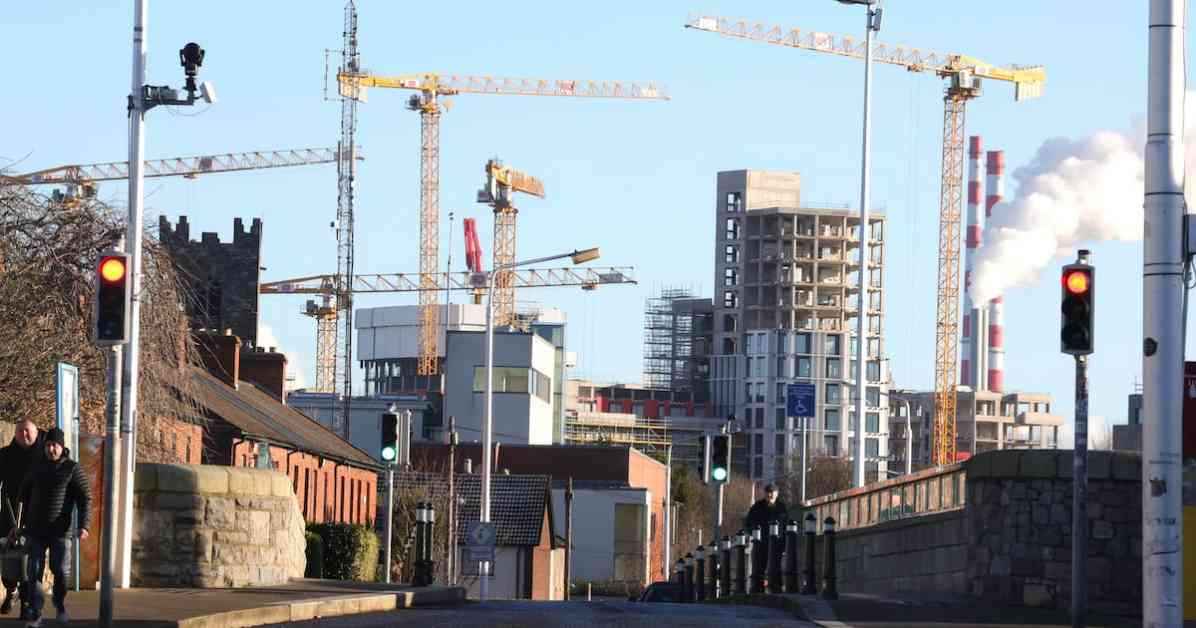Vacancy, dereliction, and demolition of existing buildings need to be cut down drastically if Ireland wants to hit its climate targets, according to the Irish Green Building Council (IGBC). They’re saying that the Government needs to make tackling dereliction a top priority and aim to reduce vacancy and underuse of buildings by 50-75% by 2040. The IGBC’s Building a Circular Ireland roadmap for 2025-2040 is pushing for this change. They’re a non-profit group representing pros in sustainable construction. They released their roadmap last Thursday, emphasizing that saving and getting the most out of current buildings can really help fight climate change and handle other environmental issues like overconsumption of resources. To reach carbon neutrality, the key is to build more efficiently and value existing buildings since it takes a ton of resources to put up new ones. “The greenest building is often the one that already exists.”
Construction is to blame for 37% of Ireland’s total emissions, with 8.3 million tonnes of waste produced each year from construction and demolition alone. Demolishing buildings adds a lot to carbon emissions because of material extraction, transport, and processing. A “circular Ireland” approach is about maximizing the value of existing buildings through reuse, upgrades, and more intense use instead of tearing down and starting fresh. These eco-friendly methods can help with resource conservation and pollution while also upping the value of assets. This strategy is a chance to revitalize both urban and rural areas, improving living conditions and playing a key role in fixing the housing crisis. By investing in and intensifying the use of current buildings, we can get the homes and infrastructure we need in a cost-effective and eco-friendly way.
When it comes to new homes, building on “greenfield” sites (never built on before) can create 32% more embodied carbon compared to “brownfield” sites (previously developed areas like industrial estates). Dense housing like duplexes and apartments use less carbon per unit than standard houses mainly because of landscaping and infrastructure differences. The mix of home sizes should be reconsidered, as there are likely enough three- and four-bedroom homes in the current stock. However, many homes are underoccupied, with 67% of Irish folks and 88% of those over 65 living in homes that are too big for them. The Government should make a national policy on “right-sizing” and look into ways to support and incentivize downsizing voluntarily.
Integrating one- and two-bedroom homes into neighborhoods could help with downsizing and free up family homes for those who need them. Shifting to more compact development forms, like apartments and terraced homes, could lead to more homes being built for less in terms of labor, materials, energy, and emissions. The Government should also rethink the ban on co-living, where smaller apartments share communal spaces like living rooms and laundry facilities. Co-living got the boot in Ireland in 2020 because it was seen as driving up site costs and making other housing types less affordable. Developing Government guidelines could make co-living a quality, affordable housing option instead of just a way to make big bucks, especially if local authorities and approved housing bodies build them on a cost-rental basis following top-notch design rules.












